- SASE
- Platform
- Platform Architecture
- Core Components
Converged single pass processing, purpose built global cloud service, and open data platform.
- Design Principles
360-degree visibility and control, autonomous life cycle and posture management, gradual low risk deployment, and universal management.
- AI and Machine Learning
AI/ML for threat intelligence and unclassified application identification, ML engines for threat prevention and incident criticality, ML models for device classification, and GenAI for productivity.

- Core Components
- Platform Capabilities
- Platform Features
- Platform Architecture
- Security
- Use Cases
- Customers
- Partners
- Managed Services
- Company
- Resources
- SASE
- Platform
- Platform Architecture
- Core Components
Converged single pass processing, purpose built global cloud service, and open data platform.
- Design Principles
360-degree visibility and control, autonomous life cycle and posture management, gradual low risk deployment, and universal management.
- AI and Machine Learning
AI/ML for threat intelligence and unclassified application identification, ML engines for threat prevention and incident criticality, ML models for device classification, and GenAI for productivity.

- Core Components
- Platform Capabilities
- Platform Features
- Platform Architecture
- Security
- Use Cases
- Customers
- Partners
- Managed Services
- Company
- Resources
Artificial Intelligence and Machine Learning
AI and ML have become a key component of every modern technology. Whether used in research and development or for day-to-day operations, AI and ML have been proven valuable in helping companies and individuals scale beyond the human brain limitations. Cato Networks uses AI and ML in every part of our SASE service, tapping the power of cloud computing and advanced data science to help our customers benefit from a reliable, accurate and efficient network and security infrastructure.
To learn about AI safety policy for Cato Networks click here.
Examples of AI/ML Usage in the Cato SASE Cloud Platform
Threat lntelligence
Timely threat intelligence is key to maximizing security efficacy and minimizing false positives. Adversaries know how enterprises struggle to maintain threat intelligence data, and leverage that to evade detection. Cato uses AI/ML in a purpose-built threat intelligence software that can process hundreds of feeds without any human involvement. Every 2 hours, the AI/ML based pipeline processes every IoC (Indicator of Compromise) in every feed, examining it against other IoCs, hit counters, age and other parameters to generate a popularity score, and using that to decide if to add, keep or remove it from a global blacklist of over 5 million IoCs.
To find out more about our Threat Intelligence mechanisms, read our blog: Security Testing Shows How SASE Hones Threat Intelligence Feeds, Eliminates False Positives
Threat Prevention
Attackers are continuously evolving their techniques to overcome standard prevention tools such as SWG, IPS, DNS security and others. Their advantage comes from the modus operandi of traditional tools being well known, and based on identifying patterns of known attacks. Cato built and trained ML engines to identify and block attacks in real-time without being dependent on such pattern matching. Instead, we use advanced mathematical models trained on data from our vast data lake, to calculate the maliciousness of a domain or a URL and use that score to decide whether or not to block.
Cato Networks was the first security vendor to use ML models in real-time prevention, and not just detection.
For more on AI/ML applications in real-time threat prevention in the Cato blog:
Client & Device Classification
Knowing which devices are observed on the network is imperative from a security perspective, identifying anomalies through unknown operating systems or unsanctioned devices on the corporate network is a small subset of the possible ways to secure a network. To keep up with the constantly changing landscape of OS’s and devices we use our data lake to train advanced ML models, creating accurate and robust network identification rules able to classify clients in real-time and apply security controls on them.
Find out more in our deep-dive blog posts on how ML is applied on the Cato blog:
Application Classification
The number of web applications (SaaS) is ever growing and maintaining it at scale can be done in one of two ways: employment of large teams of analysts and wasting time propping up the myth of the more applications in the catalog the better, or training AI/ML to do the work in a data-driven approach. Cato selected the latter. We use AI & ML to identify the most important and in-use unclassified applications from the network traffic that traverses our SASE Cloud. We then have the AI/ML mine meta data to enrich what we know about each application, and to calculate a risk score our customers can use in their access and governance decisions.
Find out more about how Cato manages its App Catalog on the Cato blog:
Detection and Response
SOC and NOC groups go through a daily and labor-intensive process of detection, investigation, and remediation of issues. In the Cato SASE Cloud Platform, AI and ML are used extensively to make SOC and NOC teams better informed and faster. Beyond the initial hunting and detection of issues in which AI/ML is table stakes, additional empowerment is provided. Generative AI is used to summarize incidents in seconds. ML engines suggest incident criticality for efficient triage, and flag incidents with similar characteristics to properly understand the magnitude of the issue or the attack. These and many more help identify and resolve issues in record-breaking time, minimizing and even eliminating damage.
For more details read our technical writeups on the Cato blog:
Autonomous, Self-healing Infrastructure
Building, scaling and operating a SASE cloud service is a huge engineering endeavor, especially when serving as the enterprise’s critical infrastructure and required to deliver a 99.999% uptime SLA. To achieve this, reliance on human involvement to identify and resolve issues in real-time is not a scalable option. Cato has been continuously developing and training software engines to monitor, analyze and identify infrastructural issues based on previous patterns and identifying early symptoms, responding to them proactively. With those purpose-built tools, our cloud service can self-diagnose and self-heal in real-time, making sure the service SLA delivered as promised. Cato’s expert operations teams step in after the issue has been resolved temporarily, analyze the root cause, and apply a permanent fix.
AI/ML Blogs, Publications & Keynotes
Our team has been continuously sharing knowledge and experience with the industry, through blogs, published articles, and keynote presentations.

The Strategic Benefits of a True SASE Platform
Architected from the ground up as a true cloud-native SASE platform, all Cato’s security capabilities, today and in the future, leverage the global distribution, massive scalability, advanced resiliency, autonomous life cycle management, and consistent management model of the Cato platform.
Consistent Policy Enforcement
Cato extends all security capabilities globally to deliver consistent policy enforcement everywhere and to everyone, from the largest datacenters down to a single user device.
Scalable and Resilient Protection
Cato scales to inspect multi-gig traffic streams with full TLS decryption and across all security capabilities, and can automatically recover from service component failures to ensure continuous security protection.
Autonomous Life Cycle Management
Cato ensures the SASE cloud platform maintains optimal security posture, 99.999% service availability, and low-latency security processing for all users and locations, without any customer involvement.
Single Pane of Glass
Cato provides a single pane of glass to consistently manage all security and networking capabilities including configuration, analytics, troubleshooting, and incident detection and response. Unified management model eases new capabilities adoption by IT and the business.
Cato SASE Cloud Platform Powers the Digital Business
Customers use Cato to eliminate complex legacy architectures comprised of multiple security point solutions and costly network services. Cato’s unique SASE platform consistently and autonomously delivers secure and optimized application access everywhere and to everyone.


For me, Cato future proofs Swissport’s IT infrastructure. The platform constantly evolves, adapts to new technologies, and provides the visibility and security we need to support our business today and tomorrow.”
Richard Thorp
CTO
Swissport Elevates Security, Global Operations with Cato Networks


I would definitely recommend the Cato SASE platform to other companies. It makes our life really easy and helps us protect our business even further.”
Tal Arad
Chief Information Security Officer
Carlsberg Group Gains Flexibility and Visibility with Cato SASE


With Cato we have a good, solid sedan with the speed of a Porsche that got us exactly where we needed to go fast.”
Rodney Masney
Chief Information Officer
O-I Taps Augmented Reality and Cato SASE Cloud to Realize “Impossible-to-Count” Savings


With Cato, we got the functionality of SD-WAN, a global backbone, and security service for our sites and mobile users, integrated together and at a fraction of the cost”
Willem-Jan Herckenrath
Manager ICT
Alewijnse Transforms Global, Real-Time WAN with Cato Secure SD-WAN


Since we moved to Cato, our bandwidth increased by approximately 30 times the speed we had before. Now, the customer’s Wi-Fi experience is much better. We’ve stopped receiving complaints since deploying Cato”
Steve Waibel
Director of IT
Brake Masters Puts the Brakes on Outages Across 71 Sites with Cato


With Cato we have a very flexible supplier that understands our requirements and is there when we need help.”
Jan Jørgensen
IT Project Leader
Flügger Group Gains Network Flexibility and Security with Cato SASE Cloud


The big difference between Cato and other solutions is the integration of network management and security”
Yoshiaki Kushiyama
Senior Manager, Information Systems
Juki reduces network costs by using one security policy for all group companies


With Cato, we could move people out from our offices to their home offices fast without a single interruption”
Daniel Sollberger
Lead, Global Based IT Infrastructure
Komax Drives Innovation, Cloud Connectivity, and Mobile Collaboration with Cato


Cato allowed us the flexibility to incorporate our WAN, Internet and remote access solutions into one neat package that could be managed with a small team of people.”
Joel Jacobson
Global WAN Manager
Vitesco Technologies Builds New Global Enterprise Network with Cato


Cato’s management interface was so easy to use compared to those of the traditional SD-WAN players we looked at.”
Thomas Chejfec
Group CIO
Haulotte Reduced Costs and Improved Application Performance by Migrating from MPLS to Cato SASE


I see Cato SASE as a tool for digital transformation promotion. We can use it to reorganize our entire security portfolio, reduce costs, and bring out the best in our students, professors, and administrators. Being able to work productively and securely anywhere gives a great boost to all our digital transformation initiatives.”
Hitoshi Kusunoki
Information Planning Department
Waseda University Enables Universal Secure Remote Learning and Digital Transformation with Cato


Cato’s biggest benefit from my point of view is that our network operators no longer need any specialized knowledge.”
Takashi Nakajima
Head of the Digital Transformation (DX) Promotion Division and Chief of Business Operations
Topcon Achieves a Fast, Secure Global WAN with Cato
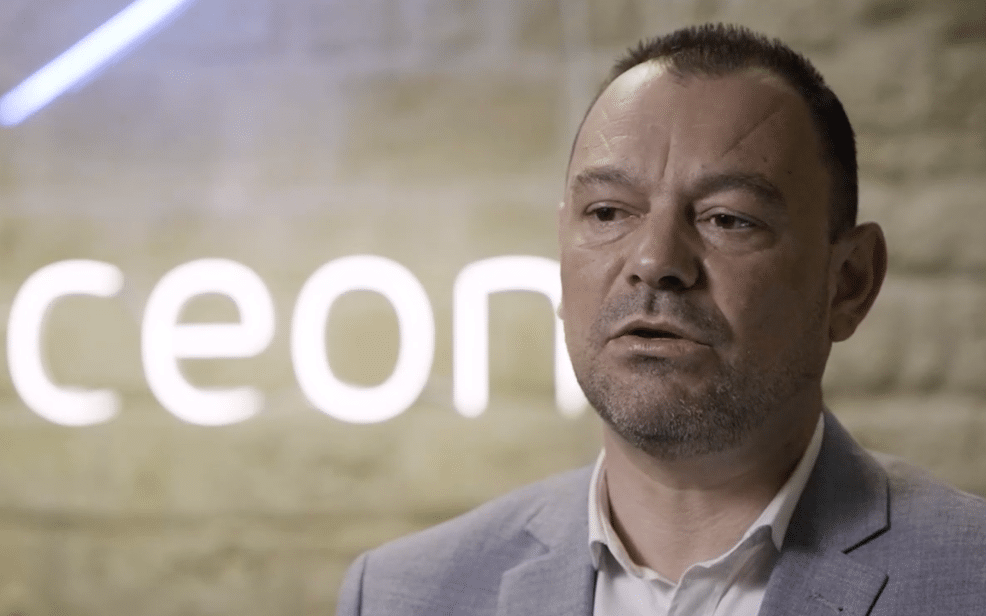

When we chose it over a year ago nobody was talking about SASE. Now, everybody is moving towards SASE and you can see it discussed in all the IT media.”
James Bonnaventure
CTO
Fidal Boosts WAN Performance, Cuts Costs in Half by Switching from MPLS to Cato


Now with Cato we just fire a support ticket and Cato is on it. Within 30 minutes to an hour it’s resolved. And we can monitor every single step with Cato’s QOS metrics. We have goggles and eyes we never had before.”
Kevin Juma
Technology Operations Manager
CloudFactory Boosts Network Scalability, Agility, and Security with Cato


With the Cato SASE Cloud from Cato Networks, we were able to connect locations and employees securely, easily and quickly. We now have the IT solution in-house and can adapt the infrastructure to our needs at any time with the desired flexibility.”
Ralf Luchsinger
Chief IT, Service and Provider Management
Cato SASE Cloud secures networking of Bank Avera locations and its mobile employees


Thanks to Cato, I can stand by my promises and feel comfortable we can deliver on the company’s business needs quickly, efficiently, and securely.”
Jesper Hjørland
Service Manager for Network and Connectivity
Fiskars Group Boosts Business Agility and Security with Cato SASE


I would recommend the Cato SASE solution to any healthcare organization that needs simple yet very secure connectivity among regional and local sites, remote users, and the cloud.”
Alvin Lim
Group Technology and Information Security Director
Fullerton Health Builds a Secure SASE Linking 550 Locations and the Cloud


I know that my company is secure, that all my sites and users can connect with the same solution, and that every time I need something from Cato, they’ll listen carefully and come through. Thanks to Cato I can sleep at night.”
Shira Baum
CIO
AFI Properties Cures Network, Security, and Remote Access Headaches with Cato SASE


We have improved the performance of every application on the network by rolling out Cato, We don’t hear about network slowness; we don’t hear complaints.”
Nick Hidalgo
VP, Information Technology
How Redner’s Markets Transformed the Retail Experience by Transforming its Network with Cato


There are not many times as a CIO that you can check the box in all these areas – faster, more secure, happy users, and a happy team – all for less cost and more business value. That’s the Cato SASE Cloud Platform.”
Dustin Collins
Global CIO
Chemical Manufacturer ESI Reduces the Time to Integrate Acquired Companies by 80% with Cato


The Cato team was interested in helping us succeed. After meeting their customer success manager and voicing our feedback on the product, Cato went out and changed the product. That’s what I call partnership.״
John Lim Ji Xiong
Chief Digital Officer
Gamuda Redefines IT Operations with the Cato SASE Cloud Platform
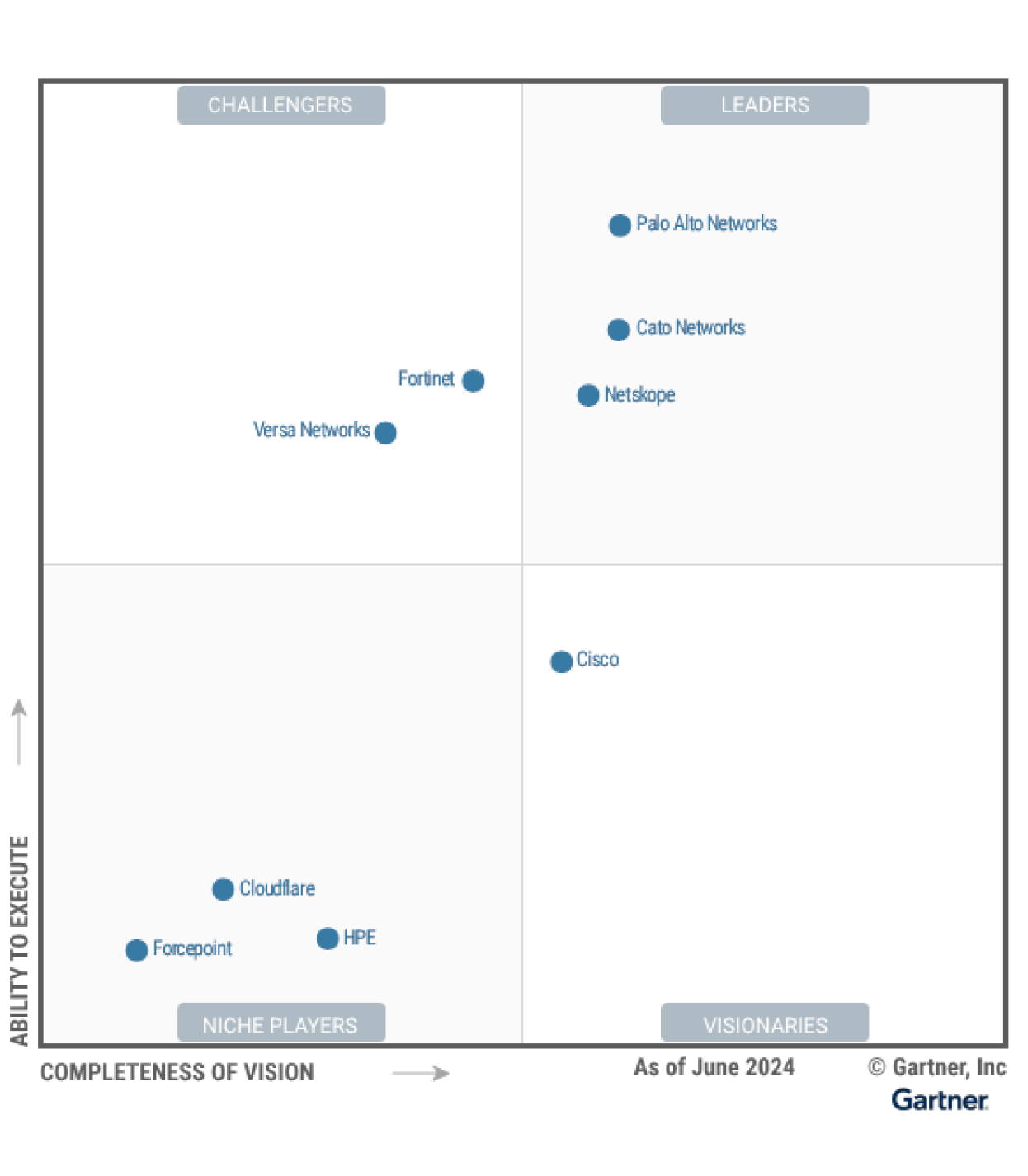
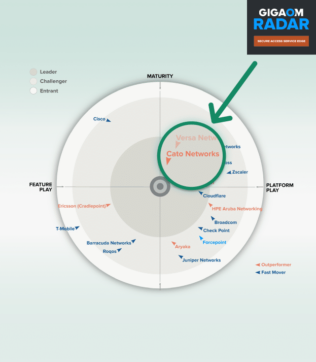
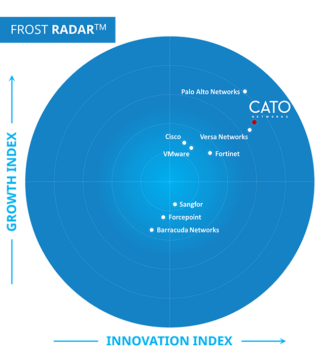

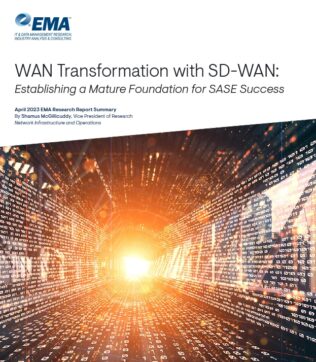
Cato Networks Named a Leader in the Gartner® Magic Quadrant™ for Single-Vendor SASE 2024


“We ran a breach-and-attack simulator on Cato, Infection rates and lateral movement just dropped while detection rates soared. These were key factors in trusting Cato security.”
Try Cato
The Solution that IT teams have been waiting for.
Prepare to be amazed!
Innovate, grow and thrive
With a true SASE platform
With Cato, any organization can reap the full benefits of digital transformation, move at the speed of business, and be ready for whatever’s next.







